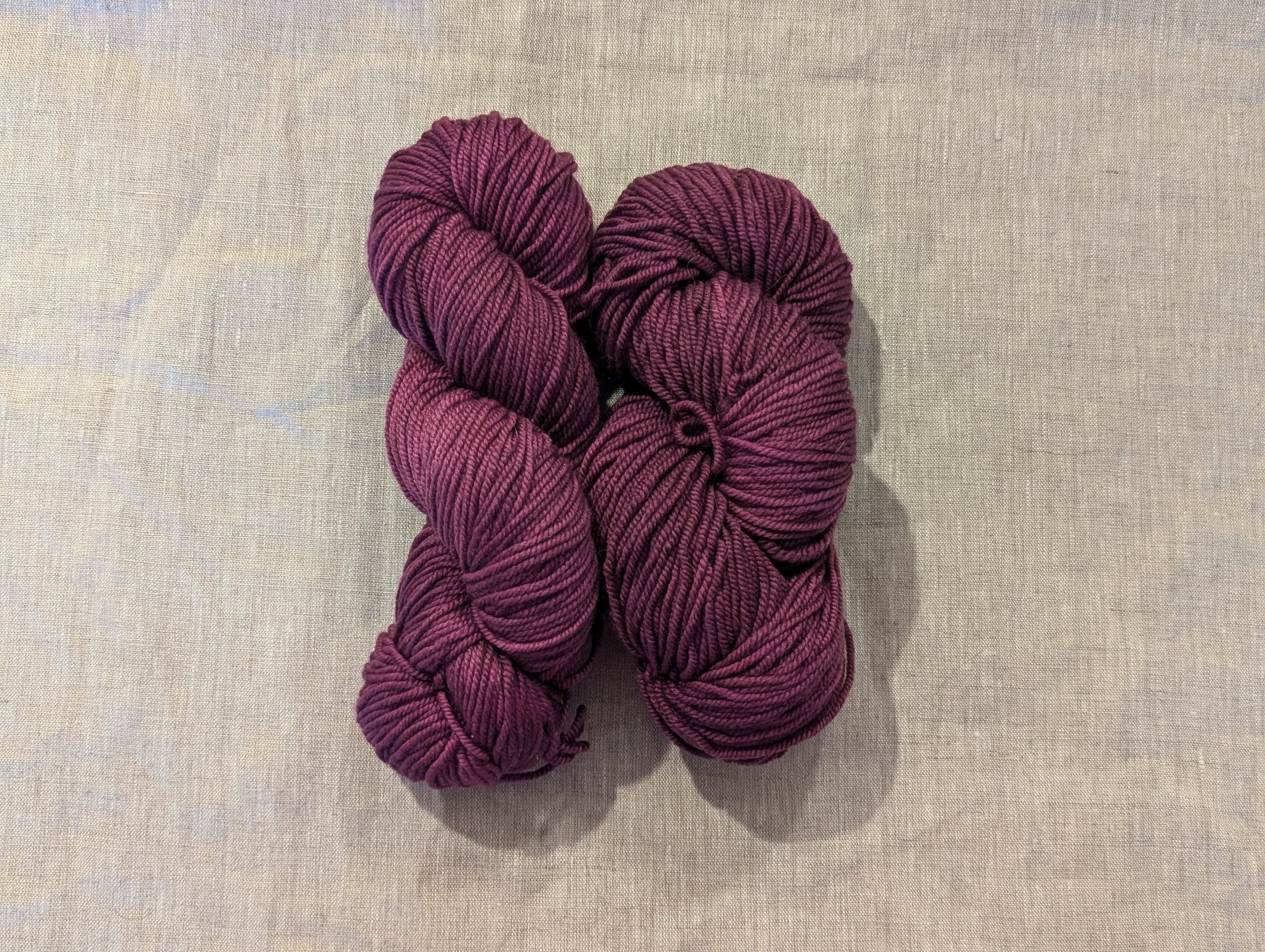May is Lupus Awareness Month, and I have decided to release this pattern on World Lupus Day. It takes an average of 6 years for someone to be diagnosed with lupus, and there are 11 major markers that can indicate that a person may have lupus; as such, the main body of this scarf contains 66 rows of cells coming together and dividing again into the yarn overs. I knit my sample in purple because we wear purple on World Lupus Day to raise awareness.
I began wearing hats and then headscarves almost daily in 2018 after my photosensitivity from lupus worsened and I began to lose my hair. Knitting my own head coverings from wool and other grippy yarns has given me a secure way to keep my scalp protected from the sun, even when I’m in a flare and my hair is falling out. My hope is that by sharing this pattern I will not only raise awareness, but provide comfortable solutions to anyone else with a chronic illness who needs to cover up so that they can safely go outside.
So what is lupus? Lupus is an autoimmune disease in which the body’s immune system attacks the organs and tissues. Chronic inflammation from lupus impacts and can cause long-term damage to the joints, eyes, skin, blood cells, kidneys, brain, heart, and lungs. You can read more about lupus and its impact here on the Lupus Foundation of America’s website.


















